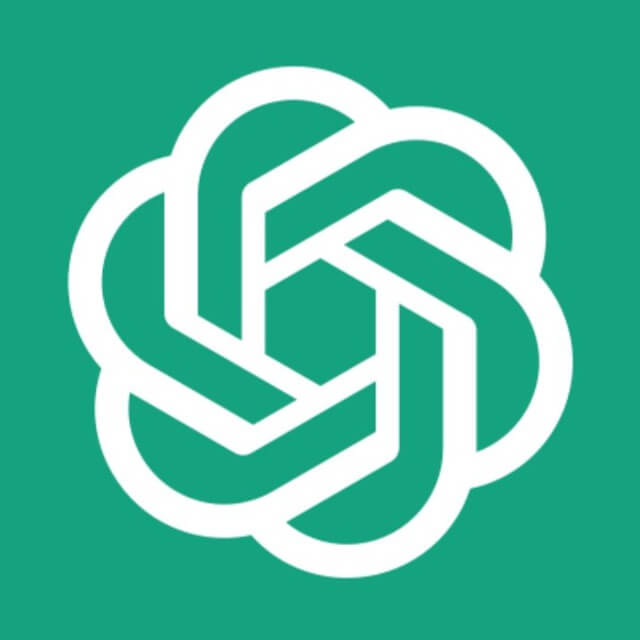Price Data
Analysis
Trade
Market Cap
All-Time High
All-Time Low
Fully Diluted Valuation
Circulating Supply
Total Supply
Categories
Performance since ICO
| Currency | USD | BTC | ETH |
|---|---|---|---|
| ROI | 894% | -26% | -42% |
What is Cartesi?
Cartesi introduces application-specific rollups featuring a Linux runtime. Empower your decentralized application (dApp) with a dedicated CPU and rollup, elevating computational scalability without compromising decentralization, security, or resistance to censorship. Leverage the Cartesi Virtual Machine to employ well-known libraries, languages, and tooling, expanding beyond the limitations of the Ethereum Virtual Machine (EVM).
Recent Video Interview
Main points of the interview:
- Cartesi enables advanced programmability in blockchain with a Linux-based VM.
- The ecosystem supports sophisticated applications, exemplified by running Doom.
- Future plans include mainnet launch and developer engagement.
- The collaborative nature of the blockchain industry.
Cartesi Structure
A decentralized application (dApp) operating on Cartesi Rollups comprises the following key elements:
Cartesi Rollups: This encompasses a collection of both on-chain and off-chain components that enact an Optimistic Rollups solution, offering a foundational framework for constructing dApps.
Cartesi Machine: A virtual machine (VM) that executes an entire Linux operating system. Within this environment, the back-end of each dApp runs, constituting the core execution space.
dApp Back-end: This pertains to the application's state and verifiable logic, essentially mirroring the functionality of the dApp's smart contract. The back-end operates as a standard Linux application within the Cartesi Machine.
dApp Front-end: The user-facing interface of the application, which could manifest as a web app or similar interactive elements.
Cartesi Machine
At the core of Cartesi Rollups lies the Cartesi Machine, a virtual machine designed to execute off-chain computations for blockchain applications. When viewed at a high level of abstraction, the Cartesi Machine can be likened to an AWS Lambda function, sharing similarities that encompass:
- Code Execution: The machine executes code based on specific inputs, performing computations, processing data, or running custom logic tailored to the task's requirements.
- Abstraction of Infrastructure: It abstracts away the underlying infrastructure, enabling a focus on code development without the need to manage servers, hardware, or networking resources.
- Flexibility in Programming Languages: Users have the flexibility to choose programming languages that suit their preferences.
- Scalability: Scalability serves as a fundamental driver for the entire infrastructure.
The Cartesi Machine functions as a state machine that remains inactive until prompted by a new request. The concept of state, in this context, is intertwined with both the input requests received by the Cartesi Machine and the execution of RISC-V instructions guiding the processing of those requests. The Cartesi Machine manages:
- Discrete States: RISC-V instructions are executed step by step, transitioning from one state to another.
- State Transitions: Deterministically occurring as the emulator processes RISC-V instructions, these transitions change the system's state to a new discrete state.
- Determinism: Ensuring that, given the same initial state and input, the Cartesi Machine consistently produces the same output and final state. This guarantees that off-chain computations can be verified and unanimously agreed upon.
Cartesi Team Background
Erick de Moura is teh founder and CEO of Cartesi. Drawing upon over two decades of experience in the software industry, Erick has dedicated his professional career to seamlessly blending innovative software design with academic insights. Throughout his tenure, he has provided comprehensive solutions to technology companies spanning diverse sectors, including Fintech, Healthtech, E-commerce, and more. Possessing degrees in Electrical Engineering from both the Pontifícia Universidade Católica do Rio de Janeiro and the University of California, Erick boasts a profound understanding of software engineering and architecture.
Cartesi Project Development
The Cartesi Machine has expanded its compatibility, now running on Windows, Android, WASM, FreeBSD, and even DOS. Cartesi, committed to broadening the design space for exploring various blockchain use cases, invites user feedback on the technology developed. Notable updates on Cartesiscan, a new blockchain explorer for Cartesi-based DApps, include enhanced dApp connectivity allowing users to inspect payloads from vouchers, notices, and reports. A dedicated page for applications and shortcuts facilitates quick DApp connections, with easy endpoint visibility and removal options. The Sunodo feature enables the deployment of verifiable Linux VMs with a single click on testnets and mainnets, with an upcoming launch anticipated.
The Prototype and Support team has been active, introducing innovations such as a Zk-Snark Verifier using Barretenberg for Aztec Noir program verification, a video processor within the Cartesi Machine using Celestia Data, and a TypeScript package simplifying the interaction with Cartesi Rollups DApps.
Cartesi Price Analysis
As of April 8 2025 Cartesi has a marketcap of $63,720,478.00. This is {{percentagefromath}} from its all time high of $1.74. In terms of its tokenomics, there's a total supply of 1,000,000,000 with 86.17% currently outstanding. Keep in mind Cartesi has a fully diluted value of $73,951,401.00 which many investors might interpret as overvalued.
Of course, don’t trust price predictions alone, always check the Coinrotator token screener to follow the trending market.

CTSI Markets
| Exchange | Pair | 24h volume |
|---|---|---|
No data | ||